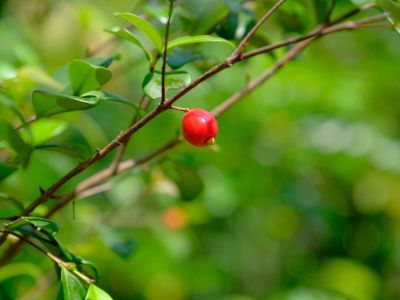Beach Cherry Information
Beach cherry trees (Eugenia reinwardtiana) are known as A’abang in Guam and Noi in Hawaii. In these tropical areas, the plant grows as a small to medium-sized tree with hard, durable wood frequently used in local construction. The trees are native to the Northeast tropical areas of Australia. You can find them thriving on the beach, which is where the tree gets its common name. They can also grow as shrubs. Those growing beach cherry trees outdoors live in warm regions like those in U.S. Department of Agriculture plant hardiness zone 10. In cooler areas, you can’t give the tree the beach cherry care required if it is planted in your garden. Fortunately, these trees also work well as potted plants. And even if pruned to stay a few feet high, you’ll get lots of cherries.
How to Grow Australian Beach Cherry
If you are interested in growing an Australian beach cherry tree, you can do so in a container. This means you can grow the tree in a sunny window in winter, then move it outside when the weather is warm enough. If you want to start the plant with seeds, you’ll have to be fairly patient. They can take up to three months to germinate. Plant them in well-draining, loamy soil. The beach cherry flowers and fruits when it gets to be 12 inches (.3 meters) tall. The plant isn’t a speedy grower, but in time it will get to this height and begin bearing delicious, shiny red cherries. In order to keep the tree pot size, you’ll have to include regular pruning in your regular beach cherry care. Beach cherry trees take well to pruning, so well in fact, that they are used in hedges in their native Australia. You can prune it so that it remains at 2 to 3 feet (.6 to .9 meters) tall indefinitely. Don’t worry that this will stunt its fruit production. It will still produce an abundance of sweet cherries.
